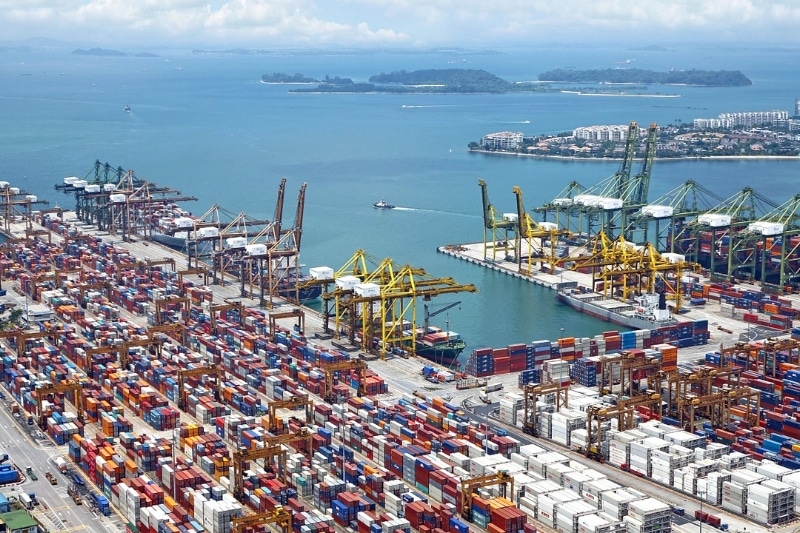Vietnam’s shipping industry benefits from a long coastline stretching from the Gulf of Tonkin to the Gulf of Thailand. The country also has the second-highest number of international ports in Southeast Asia, only behind the Philippines.
While the speed of commodities passing through Vietnam’s seaports generally increases by 10-15% per year, additional investment is required to ease congestion and overcome other obstacles. In effect, the majority of local shipping companies are small-sized businesses and mainly transport cargo but do not provide logistics services, leading to low efficiency. Another challenge is that Vietnam´s shipping fleet is mostly made of mainly older cargo ships with relatively small tonnage. Consequently, foreign shipping companies transport around 95% of Vietnam’s commercial flows.
Recently, the United States Agency for International Development (USAID) announced plans to support Ho Chi Minh City’s Tan Cang-Cat Lai Terminal to reduce congestion through a wide range of recommendations and technology solutions. The international container port, which is the largest and the most modern one in Vietnam, handles around 4.9 million 20-foot containers annually, which cover approximately 50% of the country’s total container volume. As international trade recovers after the Covid-19 crisis, resolving congestion at the port has been prioritized as a key strategy to improve Vietnam’s competitiveness.
Vietnam is looking to expand its regional container fleet, which currently includes 17 ships with a tonnage of above 600 TEU. The Vietnam Logistics Business Association (VLA) recently called for an investment of USD 1.5 billion to buy new ships as well as rent and buy containers to expand shipping and ease supply chain issues.
(Sources: Helenic Shipping News, Vietnam Briefing)
